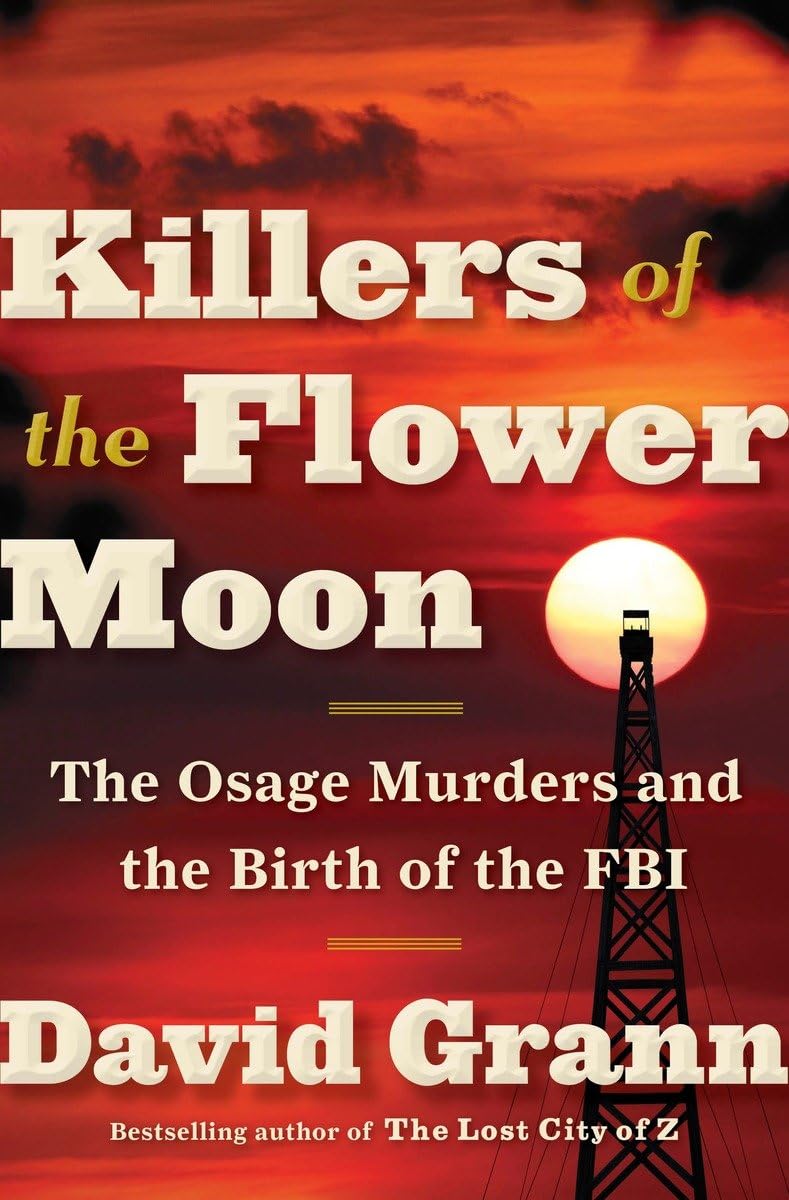Chapter 5: The Devil’s Disciples
byIn 1921, as The Devil’s Disciples continued their reign of terror with the Osage murders, Mollie Burkhart’s desperation intensified, particularly after the suspicious death of her sister Lizzie, which many believed to be caused by poisoning. Despite the rising body count and clear financial motives behind the killings, local law enforcement displayed little interest in solving the crimes, forcing Mollie’s family to offer a $2,000 reward in hopes of incentivizing someone to come forward with information. William Hale, a prominent rancher and self-proclaimed advocate for justice, publicly supported the effort by adding his own reward, positioning himself as a defender of law and order even as his name remained whispered in connection to the very crimes he condemned.
Frustration with Oklahoma’s failing legal system led Hale to hire a private detective, a common practice in an era where public law enforcement was often viewed as corrupt, incompetent, or easily influenced. The detective, Pike, was tasked with uncovering the truth behind the murders, but his involvement underscored the moral ambiguity of the profession, as many private investigators of the time were motivated more by profit than justice. Though detectives were often romanticized in literature, in reality, their methods were questionable, their allegiances fluid, and their ability to truly solve crimes limited by the same powerful forces that hampered official investigations.
Pike took a methodical, secretive approach, scrutinizing the deaths of Anna Brown, Lizzie Burkhart, and others, attempting to detect patterns in the growing wave of Osage murders. The killings, rather than being random acts of violence, appeared to be highly coordinated, following a chillingly systematic pattern that targeted wealthy Osage individuals—many of whom had been placed under guardianship by court order, granting white guardians control over their financial assets. This government-mandated system, ostensibly designed to protect the Osage from financial mismanagement, instead provided a legal cover for exploitation and murder, as guardians often controlled vast sums of oil wealth and stood to inherit from the very people they were entrusted to protect.
As the investigation widened, various informants and hired detectives pursued multiple theories, including the suspicion that Rose Osage, a woman known for her jealous and volatile nature, may have killed Anna Brown over a romantic dispute. Yet, despite the tantalizing leads and whispered accusations, investigators found themselves repeatedly running into dead ends, as false testimonies, missing evidence, and outright cover-ups stalled progress. The deeper they dug, the clearer it became that these murders were not isolated incidents, but part of an elaborate conspiracy, shielded by those in power.
The chapter also introduces Bill Smith, the husband of Mollie’s sister Rita, a man with a checkered past and violent tendencies, who found himself both a suspect and a potential victim in the murky world of Osage County intrigue. Smith, aware of the dangers lurking around him, attempted to piece together the truth about the killings, but his discoveries would place him in grave danger. Investigators followed Anna Brown’s last known whereabouts, uncovering disturbing connections between key figures, suggesting that the web of deception extended far beyond simple greed—it was deeply personal, rooted in betrayals and hidden animosities.
As more Osage died under mysterious circumstances, including suspicious poisonings, the desperation within the community grew, leading to a pivotal moment when Barney McBride, a wealthy oilman sympathetic to the Osage, traveled to Washington, D.C., to plead for federal intervention. However, McBride’s mission was abruptly cut short when he was found brutally murdered, tortured before being dumped in a ditch—his death sending an unmistakable message to anyone daring to expose the conspiracy. His gruesome fate signaled that the Osage murders were not just local crimes, but part of a larger, more sinister plot, one that reached far beyond Fairfax and into the very institutions that were supposed to protect the victims.
This chapter captures the climate of fear and uncertainty that engulfed the Osage Nation, as they found themselves hunted by a hidden enemy willing to kill for wealth and power. It also reflects the grim reality of early 20th-century law enforcement, where justice was often reserved for the privileged, and the very people hired to solve crimes—whether private detectives or government officials—were either powerless, corrupt, or complicit. The Osage, left to fend for themselves in a world where greed had become a death sentence, could only hope that someone, somewhere, would finally uncover the truth before it was too late.


